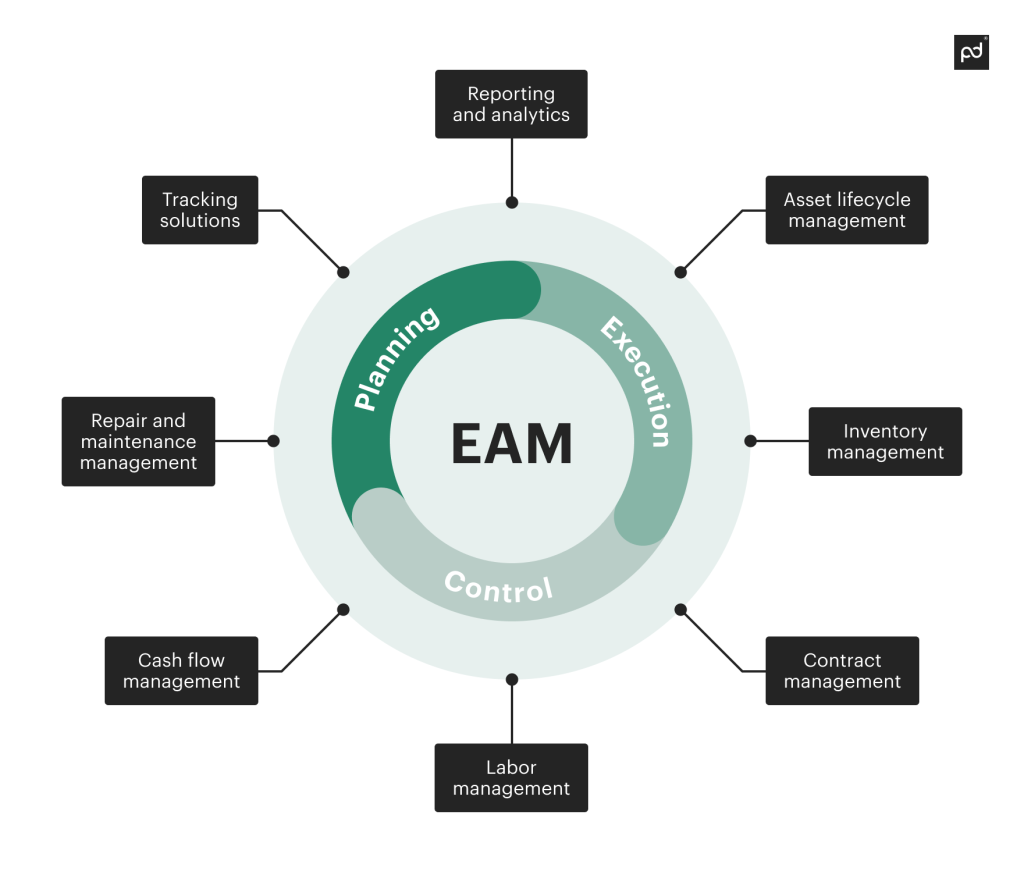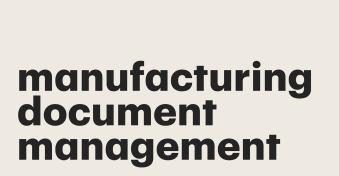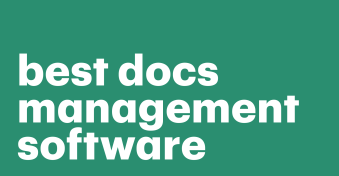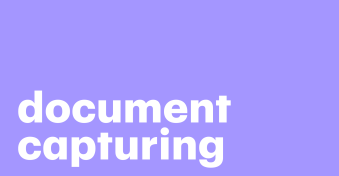A multinational company with a fleet of trucks spread across warehouses globally needs a coherent system to track, manage, and maintain its assets while pursuing key business goals.
This interconnected web of moving parts is only navigable in the modern supply chain with enterprise asset management software.
But how can companies digitize the management of physical assets on the ground, from acquisition through maintenance and eventual disposal?
In this article, we’ll discuss how to improve productivity, transparency, and spending using enterprise asset management software.
Key takeaways
- Enterprise asset management (EAM) software makes it possible to plan, track, optimize, and manage assets at every stage.
- Companies in healthcare, logistics, transportation, retail, and asset-intensive industries need automated EAM software to streamline operations and maintenance.
- EAM solutions can improve the accuracy of business decisions while extending the lifespan of individual vehicles, equipment, facilities, or raw materials.
What is enterprise asset management software?
Enterprise asset management (EAM) software is any digital solution that provides features for planning, tracking, optimizing, and managing assets at every stage of their life cycle.
Such software solutions can help enterprises reduce costs, optimize expenses, organize maintenance, and accurately predict shortages or surpluses.
EAM software is prevalent in every industry that requires a systemic approach to managing assets:
- Manufacturers can use an EAM solution to track raw materials, output numbers, and order manufacturing status.
- Logistics companies can use a GPS-enabled EAM system to monitor cargo location, as well as tally driver travel logs with fuel consumption.
- Hospitals and healthcare institutions use EAM software to monitor the inventory of medication and medical apparatus.
- Retailers use EAM solutions to monitor their inventory to know when to restock supplies or get rid of surplus.
In fact, all companies in asset-intensive industries must use EAM solutions for operational efficiency and access to real-time data.
Main features and functions of EAM software
Every EAM software promises a myriad of magical bells and whistles, but here are the main functions and features you need regardless of industry.

Reporting and analytics
To help you gather real-time asset data and track performance metrics such as revenue, expenses, uptime/downtime, delivery rate, etc.
Asset lifecycle management
To keep an eye on critical assets, modules, and facilities throughout their lifespan. It provides a registry for storing asset information for better tracking and easy accessibility.
Inventory management
To keep stock of the devices, equipment, vehicles, raw materials, spare parts, goods, etc., available for business processes.
Contract management
To handle all proposals and agreements with clients, vendors, suppliers, and service providers in a central repository.
This feature also allows the drafting, reviewing, and signing of contracts.
Labor management
To handle and manage your workforce. It also helps to organize workflows to simplify the tasks of managers and supervisors.
Cash flow management
To track expenses and monitor how much money is left across both general and individual ledgers.
Repair and maintenance management
For curating all maintenance activities as well as decommissioning equipment and vehicles damaged beyond repair.
Tracking solutions
Location-based trackers and imaging systems such as GPS and LiDAR can keep an eye on vital assets in transit or storage.
GIS and IoT sensors can also be used to monitor vehicles.
Other essential features include OCR technology for scanning paper documents and encryption tools for beefing up security.
Differences between CMMS and EAM software
A computerized maintenance management system (CMMS) is the use of digital solutions for managing the maintenance of business assets.
EAM software covers CMMS as well as other managerial duties — aspects like financial management, risk management, and asset utilization.
So, EAM solutions can be applied to broader supply chain scenarios, from commissioning to decommissioning, while a CMMS can only be localized to the maintenance of a few core assets.
Benefits of enterprise asset management software
If yours is a business with diverse asset classes, here are the benefits you can expect from deploying an optimized asset management solution.
Centralize multiple data sources
EAM software increases the volume of data from various sources, including integrations with SaaS applications and IoT devices.
These data sources provide valuable data for understanding asset distribution and availability even when the system is offline.
Make informed decisions
Companies like Amazon can use tracking data from truck driver performance to make better decisions regarding parcel delivery and supply chain management.
For instance, an Amazon Prime distribution center can use data about recent truck breakdowns for maintenance planning.
This information will tell them when to overhaul the entire fleet or follow the regular maintenance schedule.
Improve the accuracy of predictions
EAM software makes it possible for companies to predict trends with impressive accuracy.
For instance, Walmart can learn which Stanley tumblers are hot commodities if they are running out of stocks faster than usual. With that knowledge, they can stock up for future orders and adjust pricing.
Optimize costs
Apart from hopping on hot trends, enterprises can rely on an EAM system to save costs and maximize profits. It provides them with a clear view of purchases, subscriptions, and income.
Optimizable expenditures include maintenance costs, labor costs, inventory management fees, facility maintenance expenses, etc.
Track asset performance
EAM solutions help companies determine the effectiveness of every asset class in their inventory.
For example, UPS can monitor whether its electric truck fleet is more cost-effective and prone to malfunction than its diesel truck fleet.
This also applies to facilities management.
Warehouse owners and real estate companies can use EAM software to figure out which building to prioritize for repairs and refurbishment.
Asset performance also extends to work orders, labor, and personnel.
Extend asset lifespan
Monitoring asset performance allows you to squeeze out every last ounce of value from it before it reaches end-of-life.
Through proper asset lifecycle management and preventive maintenance, you can extend the viability of equipment and facilities.
Improve maintenance
Speaking of being proactive with respect to maintaining products and the spaces they inhabit — make sure your assets don’t deteriorate earlier than expected by conducting regular maintenance tasks to always keep them in top form.
Asset maintenance involves more than fixing issues when they surface; it also incorporates using data for preventive and predictive maintenance.
One example involves storing metallic parts in airtight, watertight warehouses to prevent rust.
Consider adding maintenance strategies to standard operating procedures to guide staff and management on steps to follow during maintenance scheduling.
Manage risks better
Using an AI-powered enterprise asset management system can help you handle risks by anticipating them before they lead to irreparable damage to assets.
Some risks associated with asset management include spillage, accidents, defects, shortages, surpluses, etc.
For instance, a company with a fleet of Ford Maverick trucks can reduce damages to drivers and goods by gathering data about accidents.
The data will show whether tail light failure or driver stress is the reason for the uncharacteristic spike in nighttime crashes.
Best practices for using enterprise asset management software
Here are the best practices for managing business equipment and infrastructure using EAM software:
- Set alerts for your inventory to notify you of diminishing or surplus stocks.
- Use automation for redundant tasks as well as notify managers about outliers.
- Keep compliance, insurance, and warranty updated.
- Implement preventive, predictive, and corrective maintenance strategies for every critical asset.
- Standardize all documentation for maintenance, renewals, negotiations, resupply, purchase, procurement, etc.
- Integrate CRMs, ERPs, and SaaS applications.
- Choose a document management solution for handling contracts, proposals, and other paperwork.
- Beef up security using encryption protocols, firewalls, and multi-factor authentication.
- Monitor the necessary metrics for asset performance, incident resolution, delivery success rate, and employee productivity.
- Train your teams to use the EAM software.
Manage assets with PandaDoc
Enterprise asset management software allows companies to plan, track, optimize, and maintain their devices, equipment, real estate property, and facilities.
AI-enabled EAM systems can improve the accuracy of decision-making and cut down on maintenance costs. They can also extend the viability of different asset classes.
The PandaDoc platform is here to help. Utilize document management software along with dedicated solutions for enterprises to automate workflows, manage all reports, specifications, SOPs, receipts, invoices, and miscellaneous documents.
To find out how PandaDoc can assist your business in managing its assets, book a demo right away.
Disclaimer
PandaDoc is not a law firm, or a substitute for an attorney or law firm. This page is not intended to and does not provide legal advice. Should you have legal questions on the validity of e-signatures or digital signatures and the enforceability thereof, please consult with an attorney or law firm. Use of PandaDoc services are governed by our Terms of Use and Privacy Policy.


